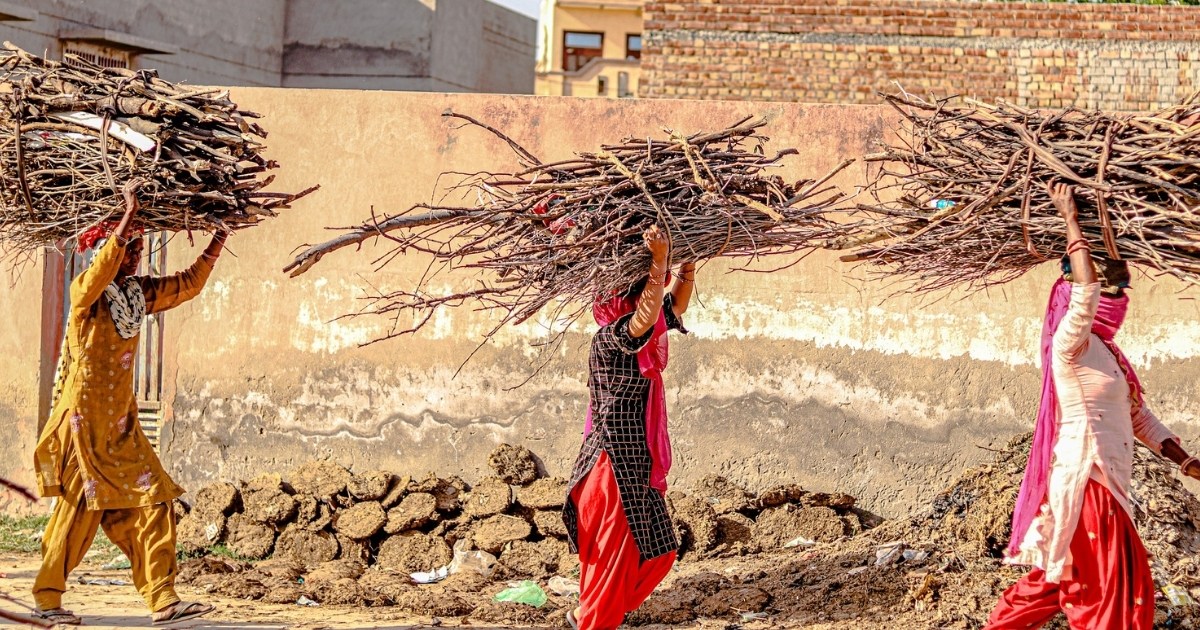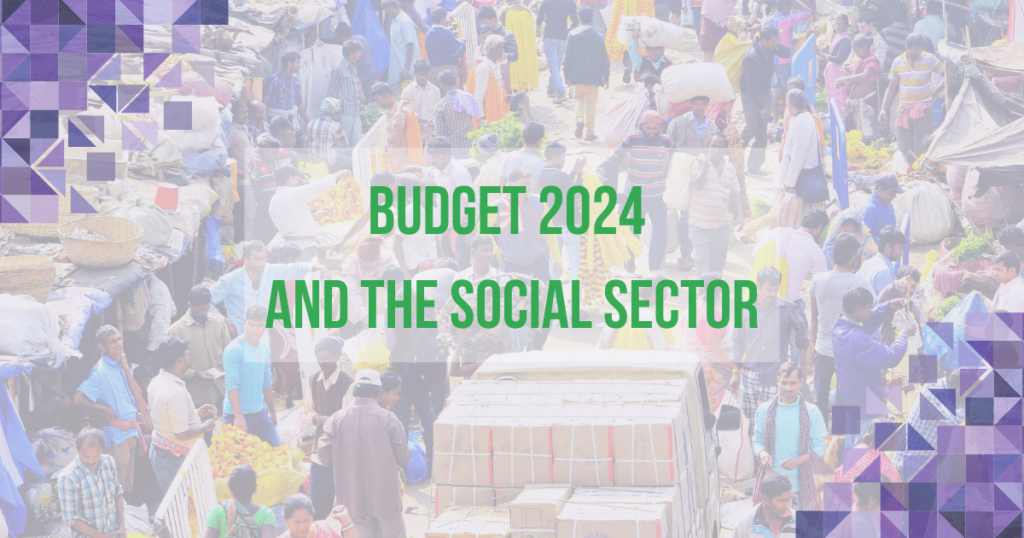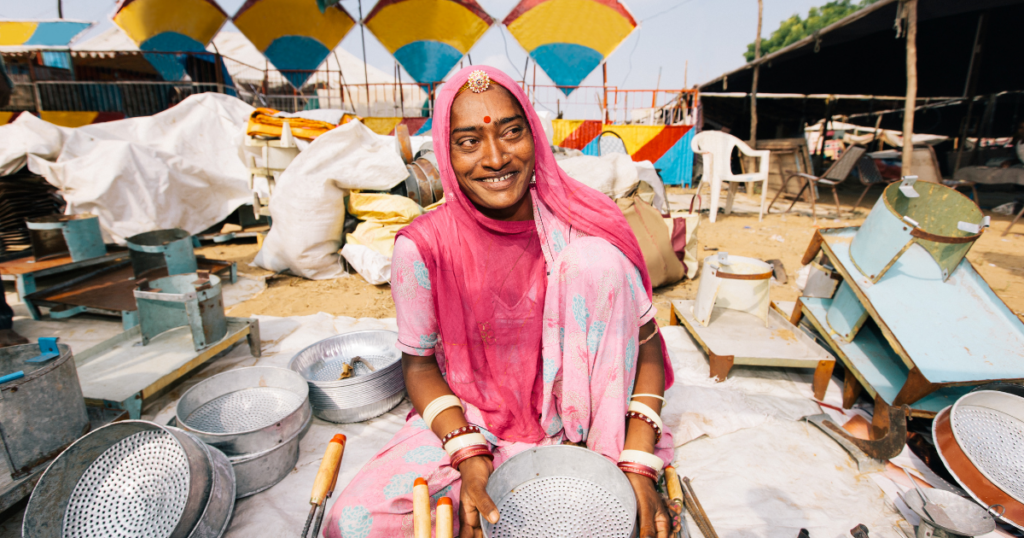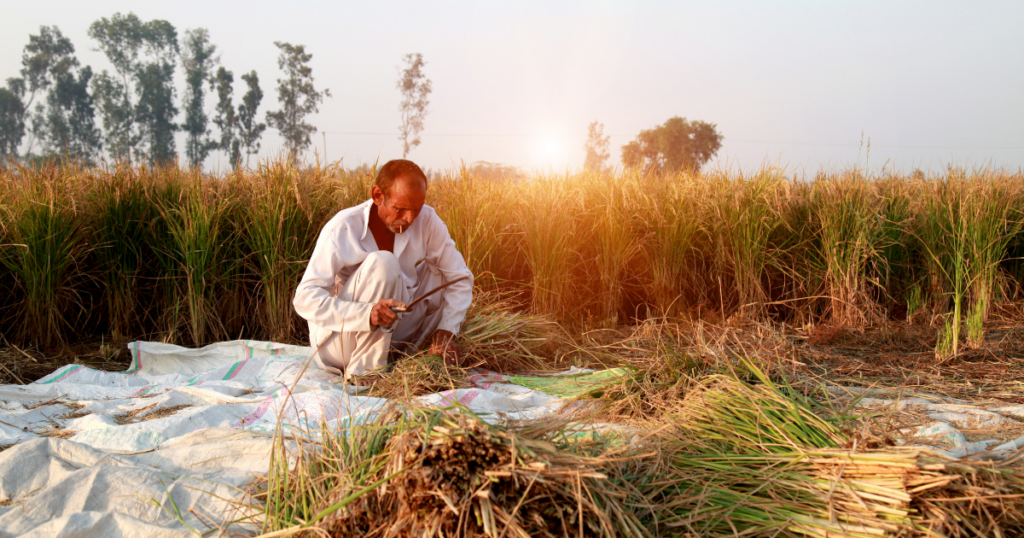Overview of women and the labour force.
India has a female labour force participation rate (FLPLR) of about 25%, one of the lowest in the world, against the global average of 48%. With the exception of the pandemic-affected years, the economy has also been witnessing a negative trend in FLPLR. India slipped 28 places from 112 to 140 in the Global Gender Gap Report 2021 and it will take an additional 197 years for India to close the gender gap.
Less than a quarter of all women are working in India. The female labour force is further characterised as informal, invisible and unpaid. Over 90% of the women work in the informal sector, either as self-employed or casual workers, predominantly in agricultural and construction sectors. Only 10% of all women are salaried employees in formal enterprises. Integrating the missing women into the economy and increasing labour force participation can boost India’s GDP by 60%.
Multifaceted challenges keep women out of workforce and prevent them from becoming competitively productive.
There is an interplay of social and cultural factors, along with demand and supply level constraints that have prevented women from integrating into the economy. Cross-cutting factors like disproportionate burden of child care, income effect, logistical barriers of mobility and safety and socio-cultural norms around marriage have deterred women both from entering and advancing in the economy. Over 90% of women have no formal skilling. There is also mismatch of aspirations with education and career for more educated women. The challenges become more nuanced as we look into the different contexts of women. Self-employed women lack access to finance, market linkages, social capital. Casual workers face the brunt of informalisation with a lack of decent working conditions and social security. Women in formal enterprises face an unsupportive return-to-work ecosystem, gender bias and sexual harassment at workplaces, lack of women in leadership along with a persistent wage gap.
Key pillars and recommendations to catalyse women’s economic integration and empowerment. There are five key pillars to address the challenges of women and labour force. These will evolve differently for different segments of women, based on their immediate social – cultural context, geography and other factors. There is need for investment in the care economy to recognise paid care work and reduce and redistribute unpaid care work. Engendering a gender lens in skilling will ensure more skilled women in the workforce. It is also imperative to ensure equitable, inclusive and decent employment opportunities for all women. Addressing the mobility and safety issues through gender-responsive infrastructure will play an important role in catalysing women to join workforce. Lastly, scaling women-led enterprises can create employment pathways for women.
Authors: Harsha Sanyukta with support from Gargi Das, Sadhana Sanjay and Deshna Saraogi




